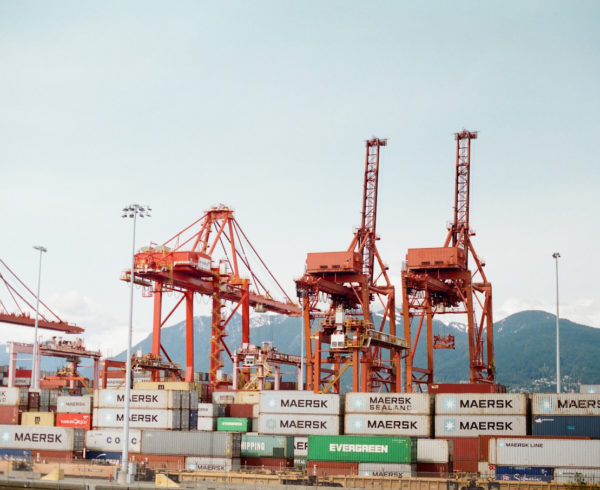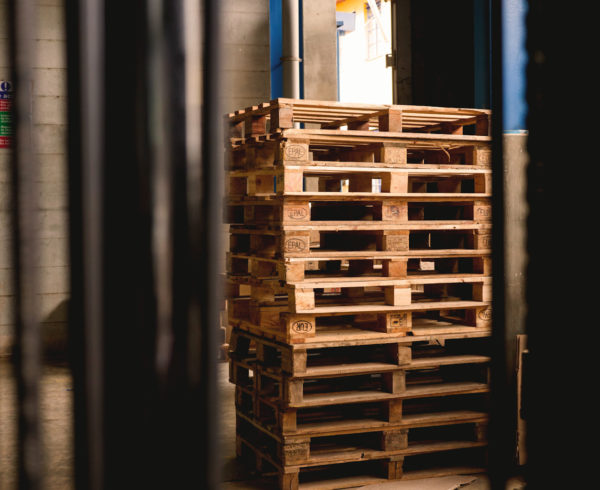Why BPR?
As businesses grow, the challenges they face can multiply and become increasingly complex. These are problems, similar to messy knots, that can only be addressed in a methodical and intelligent manner. Complex business challenges require a versatile methodology that in balance creates additional value and can be applied across a variety of industries.
Business Process Re-engineering is a compelling example of such a methodology.
Business Process Re-engineering (BPR) takes a business process of any complexity, from any industry, and using specifically designed tools and methodologies, unlocks the true value of that process. The result is a streamlined process that delivers an output of superior quality, in less time, at a reduced cost.
As Letsema, we have applied BPR to unlock value across several industries. For example, at a major East African rail network, BPR delivered a 31% reduction in container transit time and savings of up to US $197 per container.
To illustrate how you can apply BPR to a business challenge, let’s look at how a local logistics provider would apply BPR to optimise its value chain. The problem they wish to solve is their average delivery travel time from the central warehouse to the retailer is 12% over the set target.
BPR in Four Steps: The How
BPR follows a four-step method. Each step provides crucial business knowledge and understanding so that BPR can be effectively delivered. These steps are:

1. Current Process Understanding
Understanding the objective of a business process along with detailed information on all process inputs, activities, and steps lays the foundation to optimise the process. Only from a first principle understanding – a foundational assumption that stands alone – of how a process functions, can the most suitable and sustainable solutions be developed.
This understanding is developed through conducting extensive analysis of current policies and data, along with detailed interviews with stakeholders at various organisational levels. The interviews and/or workshops are the first step in change management, creating buy-in from all stakeholders, as they are involved in the BPR from the offset.
In our example, the local logistics provider will begin its BPR execution by interviewing truck and fork-lift drivers, team leaders, training supervisors, mechanics, operation planners, logistics managers, process engineers and the Supply Chain Management (SCM) executive.
These interviews seek to understand from a first principle perspective of how and why the logistics value chain functions.
2. Constraint Identification
Now that detailed information has been attained from key stakeholders of how a business process functions, the constraints of the system can be identified.
A constraint is an activity in the process which creates the greatest negative impact on business process performance. There are several methods that can be implemented to determine where and what the constraints in a business process are. Examples include Work-In-Progress (WIP) identification, throughput analysis and activity-based costing.
To identify its constraint, the local logistics provider will use a throughput analysis, which measures the rate an activity in a process can fulfil its required function. The analysis is focused on the average delivery time of each driver on standard routes. As a result, it is revealed that 7 of the logistics provider’s 80 truck drivers always exceed the target delivery duration. The 7 truck drivers are the constraint in the value chain.
3. Solution Development
Once the constraints in the business process are identified, appropriate and sustainable solutions must be created to permanently remove the constraint from the process. This should result in improved performance.
In order to deliver solutions that treat the constraint cause, instead of the symptom, the constraint needs to be understood from a first principle perspective. To develop their solution, the logistics provider applies the 5-Why method, a simple yet effective method to determine the root cause of a problem.
Logistics Provider’s 5-Why process:

An appropriate solution to treat the root cause of the problem – the lack of training content documentation and contingency if the training supervisor is unavailable – would be:
- The training supervisor develops a Standard Operating Procedure on how to conduct new truck driver induction
- Training supervisor selects and upskills a second-in-command to conduct training if they are absent
- Changing company policy so truck drivers cannot begin work before they are fully inducted
- The 7 truck drivers complete the full training and induction
Implementing the above solution does not only solve the problem statement, but through a detailed understanding of the constraint, ensures the same constraint does not re-appear.
4. Solution Implementation
Due to the numerous interviews, workshops and feedback sessions with stakeholders from various levels, all those involved in the BPR process will understand the benefit of implementing the solution to the constraint.
The project lead who would be responsible for implementing the solution, by this stage, has been engaged in the BPR process from inception. Their KPIs are directly linked to the performance of the process, ensuring the project lead is capable and motivated to successfully implement the solution.
For the logistics provider, the training supervisor is the appropriate project lead, with project sign-off falling to the logistics provider’s SCM executive.
BPR Improves Processes and Company Culture
BPR equips employees with the skills to identify constraints and create sustainable solutions, resulting in improved business processes. Tracking the improvement through visual management, which is then shared and celebrated throughout an organisation, creates a winning culture of continuous improvement.
Due to Letsema’s high focus on skills transfer during BPR projects, we ensure that employees at various levels can identify constraints and create solutions in any process across their organisation. These skills remain, once engrained in an organisation, and form part of its permanent solution tool kit.
At Letsema, we apply over 23 years of management consulting experience to identify complex business issues and challenges. We work together with our clients from design and through implementation to create meaningful and tangible solutions.
Letsema’s Supply Chain and Operations practice specialises in the execution of BPR and BPR training to equip your employees to create a culture of continuous improvement, unlocking true value in your organisation.
To find out more from our Supply Chain team, email supply.chain@letsema.co.za, connect with our staff on LinkedIn, or call 011 233 0000.









